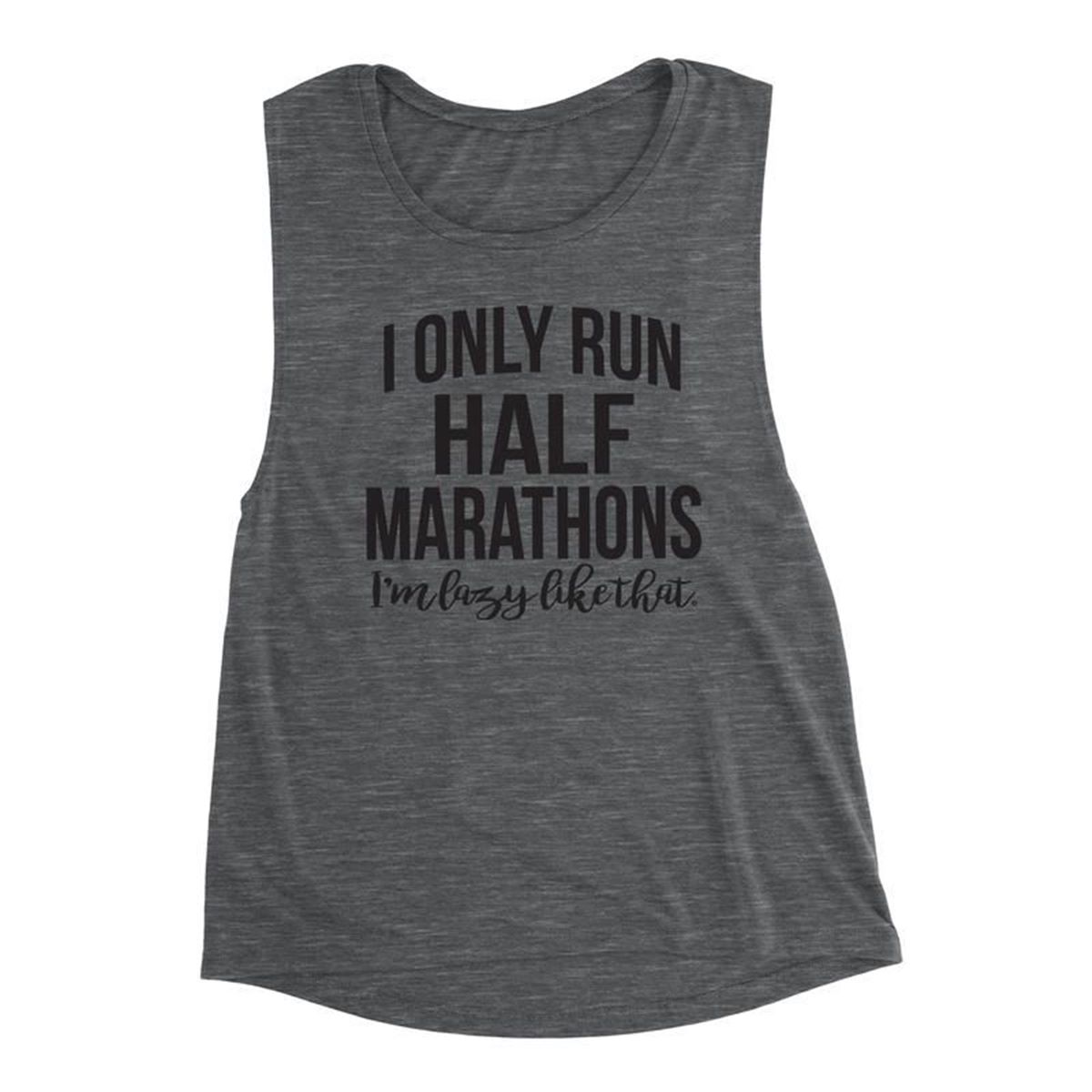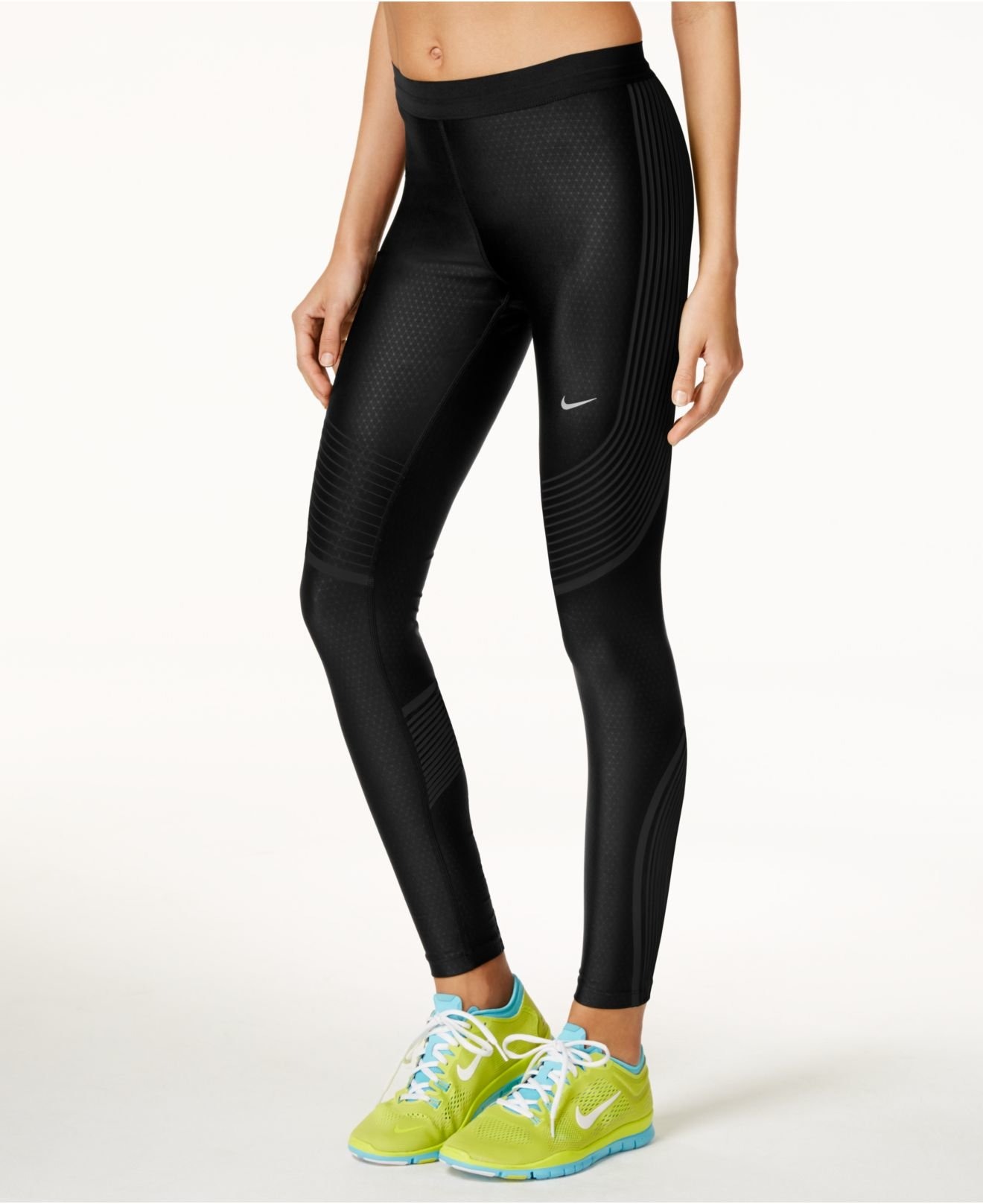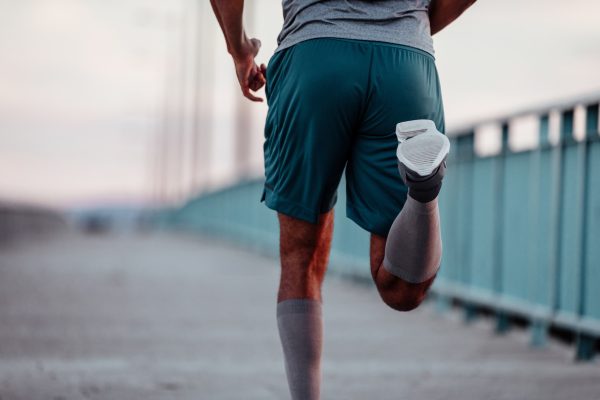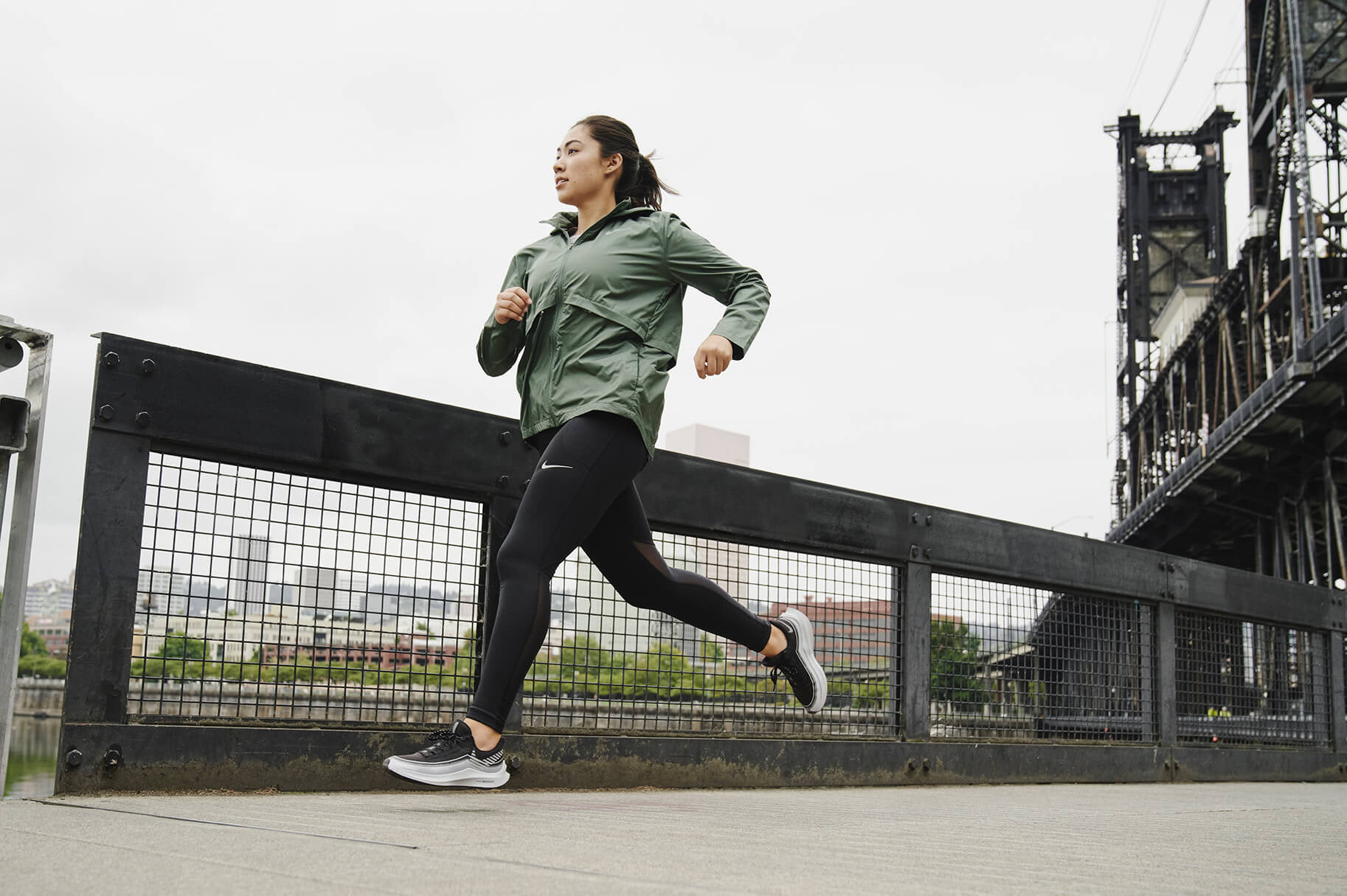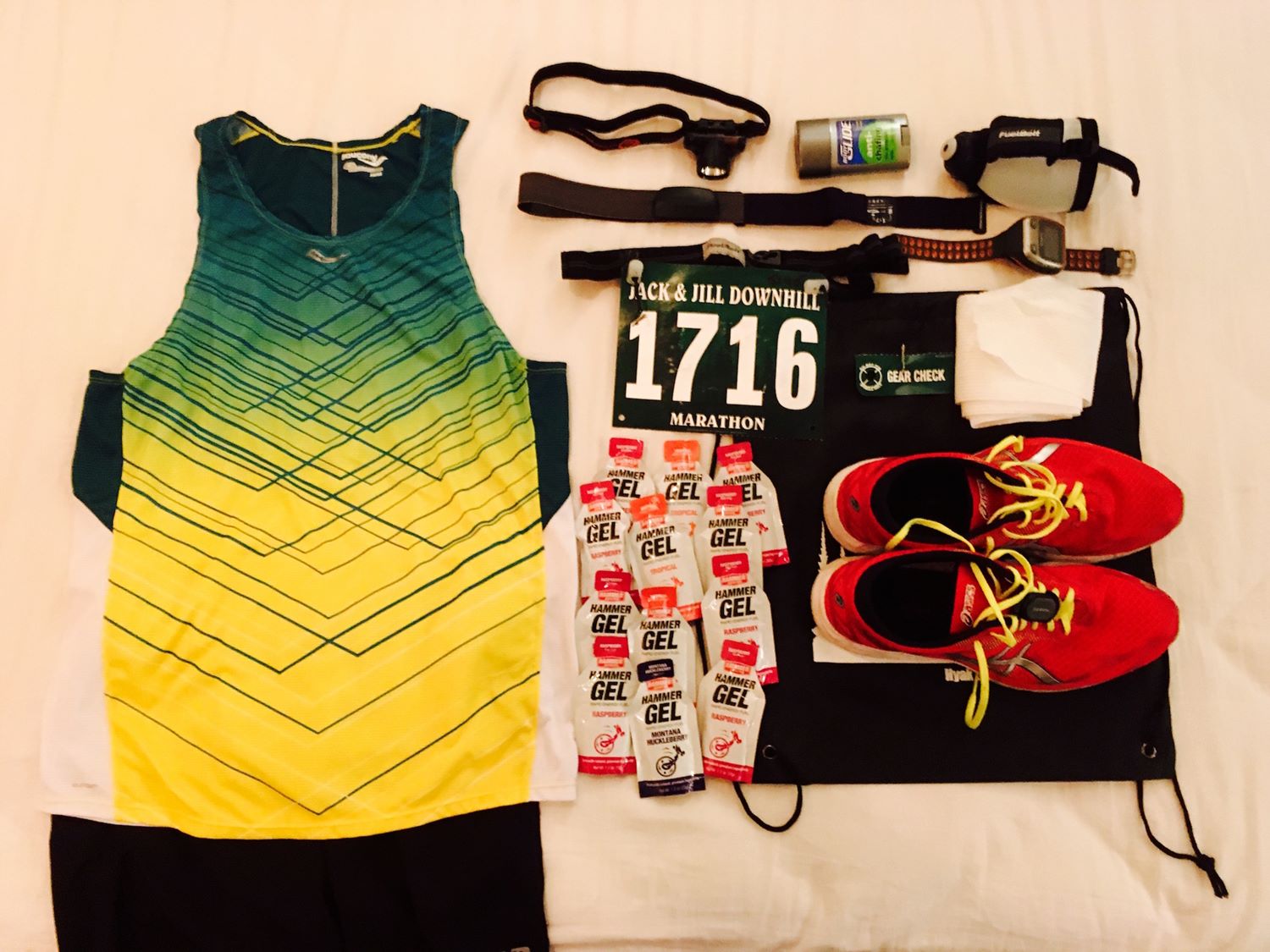Home>Health and Wellness>Health>The One-Leg Sleeve Phenomenon: Why do Runners Wear Them?


Health
The One-Leg Sleeve Phenomenon: Why do Runners Wear Them?
Modified: August 18, 2023
Uncover the phenomenon of one-leg sleeves and why runners wear them in this intriguing guide. Explore the benefits and purposes of one-leg sleeves, including muscle support, compression, warmth, and protection against scrapes and scratches.
If you’ve attended a marathon or watched a televised race recently, you might have noticed a peculiar trend among runners – the single leg sleeve. You might have asked yourself, “Why do runners wear one leg sleeve?” This article will dive into the reasons behind this seemingly odd habit, exploring the benefits of leg sleeves and why runners might choose to wear only one.
The Purpose of Leg Sleeves
Before we delve into the reasons why runners sometimes wear a single leg sleeve, it’s essential to understand the general purpose and benefits of leg sleeves.
Support and Stability
Leg sleeves provide compression, which can help support the muscles in the lower leg. This extra support can be beneficial for runners dealing with muscle strains or other injuries.
Improved Circulation
Compression from the sleeve can also improve blood circulation. Enhanced circulation can aid in quicker recovery and better performance, reducing the onset of muscle soreness.
Reduced Swelling
Runners dealing with inflammation or swelling in their lower leg can benefit from the compression offered by a leg sleeve. By applying pressure to the affected area, a sleeve can help reduce swelling.
Protection
Leg sleeves can also offer some level of protection against minor scrapes, scratches, and the elements.
The Single Leg Sleeve: A Case of Individual Needs
While leg sleeves can provide the benefits listed above, why would a runner choose to wear only one? The answer lies in individual needs and preferences.
Asymmetric Injuries or Strains
Perhaps the most common reason for wearing a single leg sleeve is a specific injury or strain in one leg. Runners who’ve strained a calf muscle, for example, might wear a sleeve on the affected leg to provide extra support and reduce pain or discomfort.
Circulatory Issues
If a runner has circulatory issues or swelling in just one leg, they might wear a sleeve on that leg to improve blood flow and reduce swelling.
Preference and Comfort
Some runners may simply find it more comfortable to wear a single sleeve. The sensation of compression isn’t for everyone, and some runners might prefer to have one leg unrestricted.
Psychological Reasons
There may also be psychological reasons at play. The feeling of having one leg “secured” or “guarded” could potentially provide a mental boost, improving a runner’s confidence and performance.
Fashion or Personal Style
And let’s not forget the potential for personal style or statement-making. The world of running has its trends, and a single leg sleeve can be a distinctive look on the track or trail.
Conclusion
The world of running is as diverse as the runners themselves, filled with various gear, techniques, and strategies designed to optimize performance and comfort. The trend of wearing a single leg sleeve is just one example of this diversity, highlighting the unique ways runners adapt to individual challenges and preferences.
Remember, if you’re considering incorporating a leg sleeve into your running routine, be it one or a pair, it’s important to listen to your body and consult with a healthcare professional if you’re dealing with an injury or medical condition.
Frequently Asked Questions
What are the benefits of wearing a leg sleeve while running?
Leg sleeves can provide support, improve circulation, reduce swelling, and offer a certain level of protection against minor scrapes and the elements.
Can wearing a single leg sleeve improve my running performance?
The impact on performance can vary widely depending on the individual runner. Some runners may experience improved performance due to the supportive benefits of a sleeve, particularly if dealing with an injury.
Is it better to wear one or two leg sleeves while running?
This depends on your individual needs. If you have an injury or condition that affects only one leg, a single sleeve might be sufficient. However, if you’re using sleeves for general compression during running, a pair might be more beneficial.
Can wearing a leg sleeve prevent injuries while running?
While a leg sleeve can provide additional support, it is not a guaranteed method for preventing injuries. Always practice good running form and listen to your body to avoid injuries.
How should a leg sleeve fit?
A leg sleeve should be snug enough to provide effective compression but not so tight that it restricts circulation. It should be comfortable and not cause any pain or significant discomfort.


